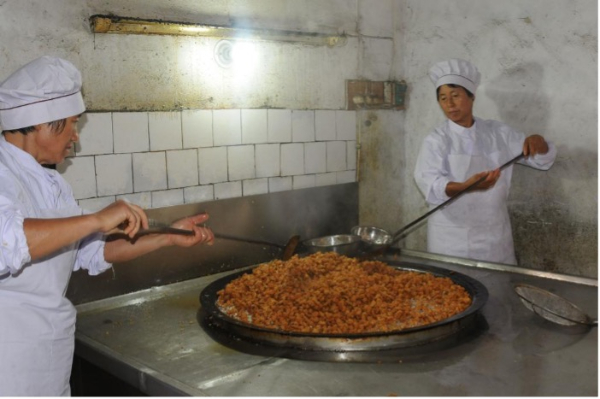Shandong's mung bean balls attract visitors
Editor's note: Shandong province in East China has cultivated a range of well-known brands across several sectors including manufacturing, tourism, culture, agriculture and food. The "Friendly Shandong, Remarkable Shandong" brand strategy has increasingly become a key engine for driving the province's high-quality growth. China Daily is publishing a series of stories to display various renowned brands, specialties and handicrafts in Shandong.
A choice example of folk art recently went on display at a cultural event in Changzhuang village – in Zuoying town, in Juancheng county in East China's Shandong province – attracting hordes of locals and visitors.
The event featured singing, dancing and other performances that showcased the rich and diverse culture of the region.
On the sidelines of the event, there were also stands that exhibited some of Shandong's finest quality products, inviting folks to learn more about them and sample their flavors.
Mung bean balls from Zuoying were one of the star attractions. It's a popular food and representative of the intangible cultural heritage of Heze city, which governs Juancheng county.
Mung bean balls have a history stretching back over 200 years and are made from mung beans that are grown locally. The production process requires more than a dozen steps, such as cracking, soaking, peeling, grinding, kneading, shaping, frying and removing the oil.

Workers process mung bean balls in Zuoying town. [Photo by Zhang Cunyan for chinadaily.com.cn]
Liang Changjiang, the fifth-generation inheritor of the traditional craft, said his ancestors started making mung bean balls in the late Qing Dynasty (1644-1911) and they've been a hot favorite among the locals ever since.
The mung bean balls are not only a tasty snack, but also a cultural emblem of Shandong's intangible heritage. They reflect the wisdom and creativity of the local people, as well as their aspiration for a better life. (Edited by Fan Yuanyuan)








